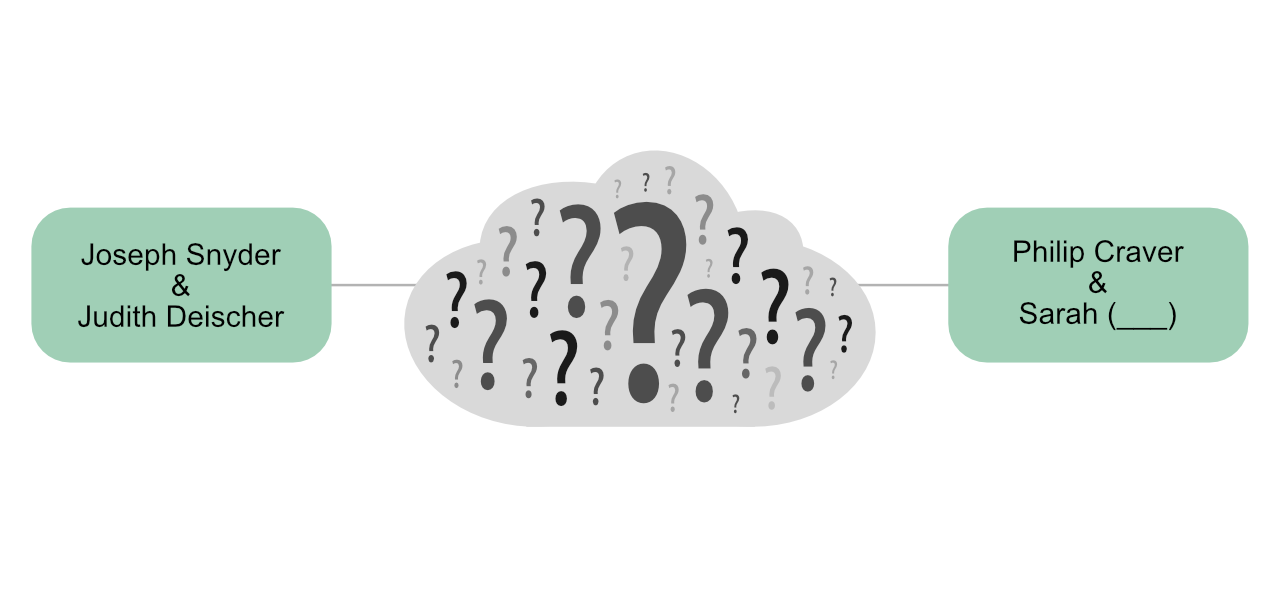Wishlist for DNA Match Lists
Have you ever been working your AncestryDNA matches and thought, “Gee, I wish I could do…”? I bet you have; I know I do quite frequently. What would you wish for to make your workflow easier or better?
Here are five things I would like to be able to do:
1. Search the notes
I add relevant information—such as the most recent common ancestor or a shared surname—in the notes field for each match I’m working on. The existing search doesn’t find information in the notes. If I’m looking for a surname, it has to either be the match name or a surname in their tree.
Sometimes, however, I find a common surname when the match does not have it in their tree and put that information in the notes. I’d like to be able to somehow search for this and currently, I can’t.
It would also be great to not have to click down to an individual match’s page, but to be able to enter the information while viewing a list. [Note: This feature has been added since I wrote this post.]
2. See Shared Matches Less Than 20 cMs
Ancestry only shows matches greater than or equal to 20 centimorgans in the Shared Matches lists. Since most of the time I’ve been working with ancestors five or more generations back, I’m often looking at matches smaller than that. Being able to quickly identify those smaller matches that match to my 3rd, 4th, or even 5th cousins might help me to identify unknown 4th, 5th or 6th great grandparents—or at the very least families and surnames I need to research in more depth.
While there are workarounds and 3rd party tools to find those shared matches, they are very time consuming—not only in compiling the information, but also in filtering it to get at the specific data I need. As a result, my research trail gets interrupted. It can be difficult to remember where I left off and what trail I was trying to follow once I’ve found the information I wanted.
3. DNA Circles for Shared Matches
Ancestry used to have a feature called DNA Circles. These circles were clusters of people who connected back to a set of MRCAs (most recent common ancestors). These were really useful! Unlike ThruLines, the circles included not just the people in the group who match me, but also those who matched my shared matches and connected back to the MRCAs. Building these kind of networks could be invaluable for those matches I can’t identify.
4. Identify MRCA between Shared Matches
If possible, Ancestry will show me the common ancestor between me and my DNA match, even if they don’t have a complete tree back to that ancestor. Wouldn’t it be great if you could select two (or more) shared matches and see who (if anyone) the algorithm could find as a common ancestor? Even if it wasn’t done in realtime, being able to run a set of matches and come back later would be enormously helpful! Even if it could only identify common surnames or locations, it would aid the research.
5. Triangulation
Ancestry has long held that they will not provide segment data due to privacy concerns. I hate it, but can understand—and even agree to an extent with—their reasoning. But the shared match list includes both matches who share a common ancestor with you and the selected match and matches who share different ancestors with you and the match you’re viewing. This can make it incredibly frustrating and difficult to identify an unknown shared ancestor.
For example, I’ve been researching my Force ancestry. I’ve identified DNA matches who descend from my 3rd great grandfather Jefferson Force and his wife Susan Mulhollan and several individuals who I’ve long theorized were his siblings and they share matches among them. This means they likely share common ancestors. In looking at the DNA matches I share with the descendants of these people, I’ve been seeing Walker family descendants.
Based on what I know of the Force family tree, there should be no DNA connection to the Walker family. My Walker ancestry is thru other family lines. However, the ancestors behind Jefferson’s parents are unknown.
So the question is: where does that connection come into the family tree? Before our MRCA or after? Did one of their more recent relations marry a descendant of the Walker family, making that particular DNA connection one of chance? Or was one of the unknown ancestors of our MRCA actually related to the Walker family or their ancestors?
Based on the information Ancestry provides, I can’t know the answer. I can create family trees for all the matching individuals to find any points of intersection, but I may not find the answer. It would be incredibly helpful to know whether any two shared matches match me in the same way. At least then I would know that the Walker connection was shared through our Force MRCA and could research accordingly.
What do you wish for?
















